5. Star Wars: The Last Jedi
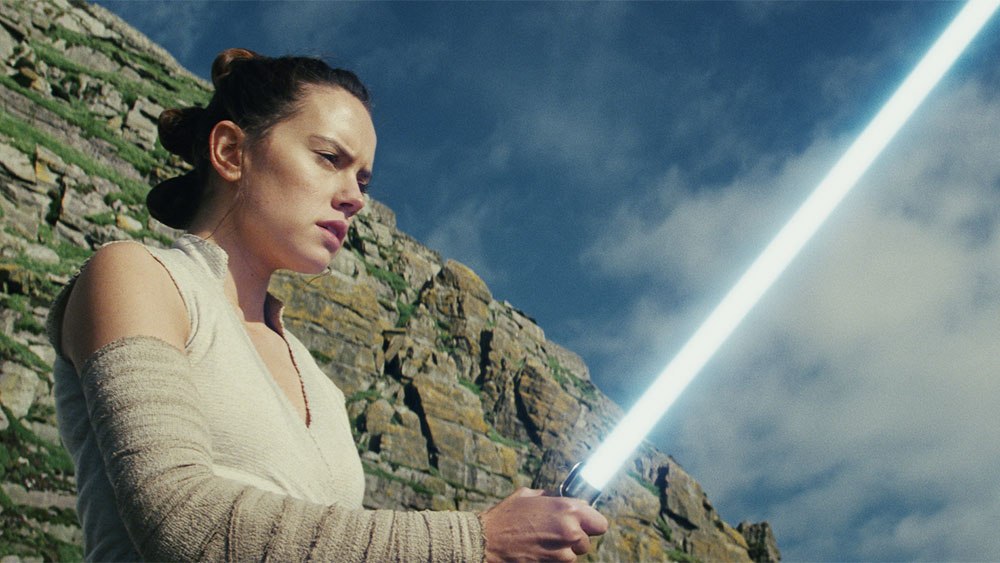
While The Force Awakens was a good reintroduction to the Star Wars universe that introduced the great new characters of Rey, Finn, and Kylo Ren, The Last Jedi deepened the mythology of the saga by putting its entire history into new context. Like Yoda and Obi-Wan Kenobi before him, Luke has abandoned the larger galaxy, but is called back into action to train Rey as his apprentice. The Last Jedi shows that heroism doesn’t always mean success, and that the strongest heroes are the ones that can live with their failures and continue to move forward, showing that regardless of bloodline or destiny, people can redefine themselves and break out of the systems and structures that confined them.
Mark Hamill delivers the best performance of his entire career, and even more interesting than his strained attempts to train Rey is his complicated past with his nephew Kylo Ren. Like many villains, Kylo Ren was a victim of trauma and abandonment, but instead of using this experience to strengthen himself, he uses it as a crutch to justify his actions.
In their final conformations, Luke is able to use Kylo Ren’s ego against him and create a spectacle that allows the Resistance to endure, in what is perhaps the best embodiment of Yoda’s teachings of selflessness and nonviolence from The Empire Strikes Back. Spanning two generations of heroes and villains, The Last Jedi closes out Luke’s story in a fitting way and uses the legacy of his actions to dictate the next steps for Rey and Kylo Ren.
4. Mission: Impossible – Fallout
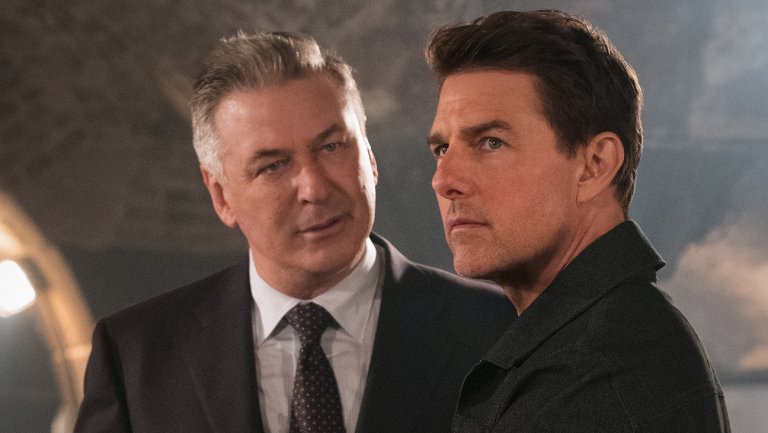
The rare franchise that is continuously improving itself, Mission: Impossible- Fallout was able to surpass expectations and become the best film in the Tom Cruise action franchise to date. Ever since 1996’s Mission: Impossible, Ethan Hunt has felt the guilt of losing his team and has been determined to keep his friends out of harm’s way, and in Fallout he’s once again forced to save both his friends and the world at great personal cost.
Not only is Cruise pushing himself to greater physical lengths than he ever has before, but he shows the cost that these missions take on Ethan’s psyche, and how a normal life was never a possibility in his profession. Gripping nightmare sequences set to a haunting score by Lorne Balfe show how Ethan’s fear of harming others impact every decision he makes.
Christopher McQuarrie returns the series to its mystery and noir roots, with nightclubs and streetway drop offs giving the film a refreshingly old fashioned feel. The action itself is just stunning; a nonstop series of setups and chases throughout London constantly force Ethan to think on his feet, outmaneuver his enemies, and risk life and limb to avoid any harm from coming to those he cares about.
The final act, in which Ethan must hang out to a helicopter piloted by Henry Cavill’s August Walker and stop a nuclear detonation, is easily among the greatest and bravest actions sequences ever filmed. Drawing from all the strengths of its previous installments, Mission: Impossible- Fallout proved once again that it’s the most consistent and exciting franchise of its time, and that there will never be another movie star quite like Tom Cruise.
3. Mad Max: Fury Road
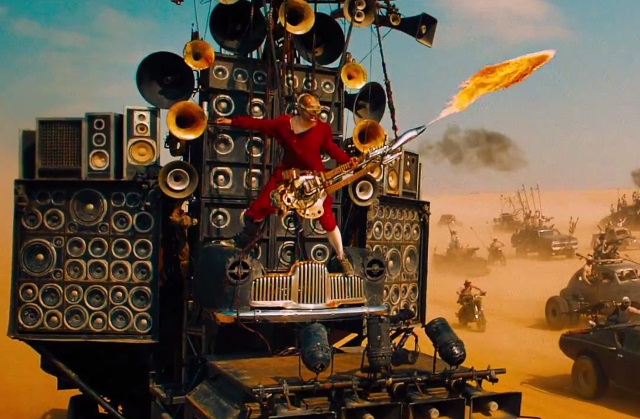
Thirty years after Mad Max Beyond Thunderdome was released, George Miller finally returned to the Australian desert to craft the fourth film in the iconic post-apocalyptic series. Instantly earning the status as one of the greatest action films of all-time, Fury Road is a nonstop relentless chase where Max goes to hell and back as he’s swept up in Imperator Furiosa’s revolution against the tyrannical Immortan Joe. It’s Furiosa’s journey to escape and ultimately conquer Joe’s rulership that drives the narrative, with Max at first appearing as a hapless observer in the vein of Chaplin or Keaton, before he ultimately chooses to take part in this revolution.
Everything Miller communicates about the characters and story comes from his visuals, and the visuals he provides are just magnificent in every way. With a bombastic score from Junkie XL and a breathtaking sense of color, Fury Road is constantly overwhelming to the senses, and the authenticity of Miller’s mostly practical stunt team cannot be overlooked. Each set piece distinguishes itself from the other, with each vehicle, tool, and environment adding something new to the chaotic frenzy. While the original Mad Max trilogy proved to be an interesting model for a post-apocalyptic action film, Fury Road was the ultimate embodiment of Miller’s vision.
2. Skyfall
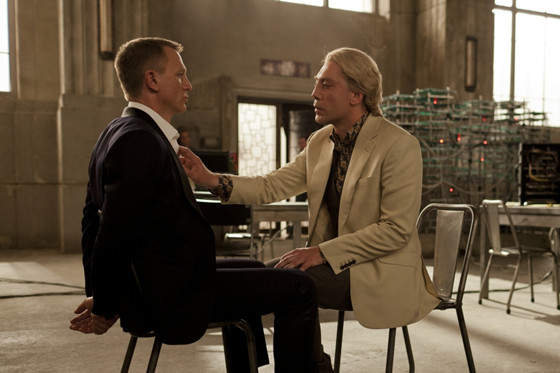
Fifty years after Agent 007 was first introduced to audiences with 1962’s Dr. No, Skyfall redefined the Bond character by examining his place in the world. While 2006’s Casino Royale did a great job exploring the origins of the character, Skyfall went even deeper by questioning Bond’s place in a rapidly expanding and ever connected world that no longer has a place for an old fashioned spy.
Bond’s attitudes are tested through his complicated relationship with M (Judi Dench), whose perhaps the only superior figure Bond has ever had respect for, as well as Silva (Javier Bardem), a sadistic former MI6 agent who not only torments Bond emotionally, but represents what he could become if he didn’t have structure to guide him.
Abandoned by his agency and underestimated by a government that no longer sees the need for MI6, Bond is forced to be the underdog for the first time in his life, and in order to prevail he uses a lot of the old school gadgets and skills seen in previous films; while there are many clever references to past Bond films, they never feel cheap or at the expense of the story.
Sam Mendes crafts some truly impressive set pieces with gorgeous cinematography from Roger Deakins, and while the locations and scale are more expensive than ever before, it’s fitting that the third act is a more intimate and tensely emotional confrontation. Skyfall pushed Bond forward as a self-aware character with a rich knowledge of his own history, further solidifying that Daniel Craig is the best Bond in cinema history.
1. Blade Runner 2049
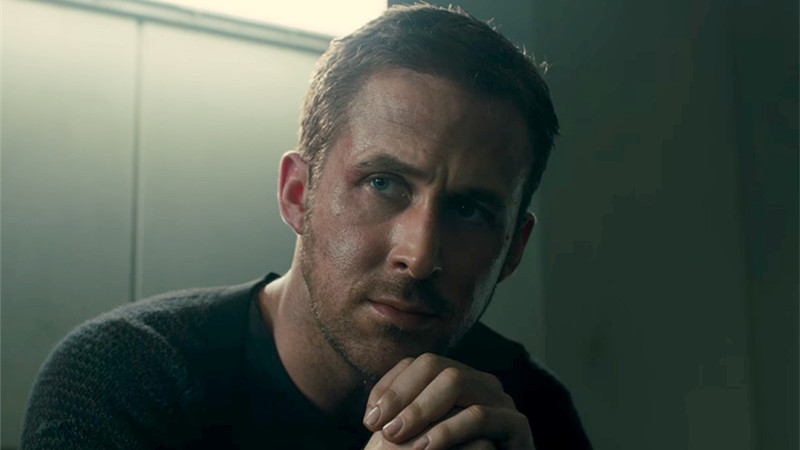
While there’s also trepidation when creating a follow up to one of the greatest films ever made, Blade Runner 2049 is the rare sequel that actually deepened and improved upon its predecessor. Taking the noir elements of the 1982 film and expanding upon them even further, Blade Runner 2049 presents a wholly new and compelling mystery about what intertwines creators and their children, in a plot that touches each character emotionally. The larger revolution that takes place and the highly detailed world of futuristic L.A. serve as a gloomy backdrop to the gripping character piece at its center.
Ryan Gosling gives one of his best performances as Agent K, a replicant who begins to question his own nature as he’s confronted with truths about his past. The journey of self-realization was seen through the character of Rachael in the original Blade Runner, but seeing it directly through the lead character’s eyes makes the themes ever more effective, especially as K wrestles with his relationship with the holographic A.I. Joi (Ana de Armas). The return of Harrison Ford’s Rick Deckard is more than fan service, as Deckard himself is struggling with a lifetime of regrets and forsaken humanity, and searches for the fleeting confirmation that all his efforts weren’t in vain.
Instead of trying to wrap up the ambiguous questions left by the original film, Blade Runner 2049 leaves its own legacy, with questions regarding the fate of K and Deckard still prompting debate. Despite its 163 minute runtime, the film never bores due to the inventive visuals from Roger Deakins, Hans Zimmer’s gorgeous score, and the beautiful environments that are filled with enough detail that they require multiple viewings to fully interpret. The fact that a film this artful, meditative, and complicated was produced with such a budget is inspiring, and Blade Runner 2049 stands alongside its predecessor as a classic that will continue to inspire filmmakers for generations.